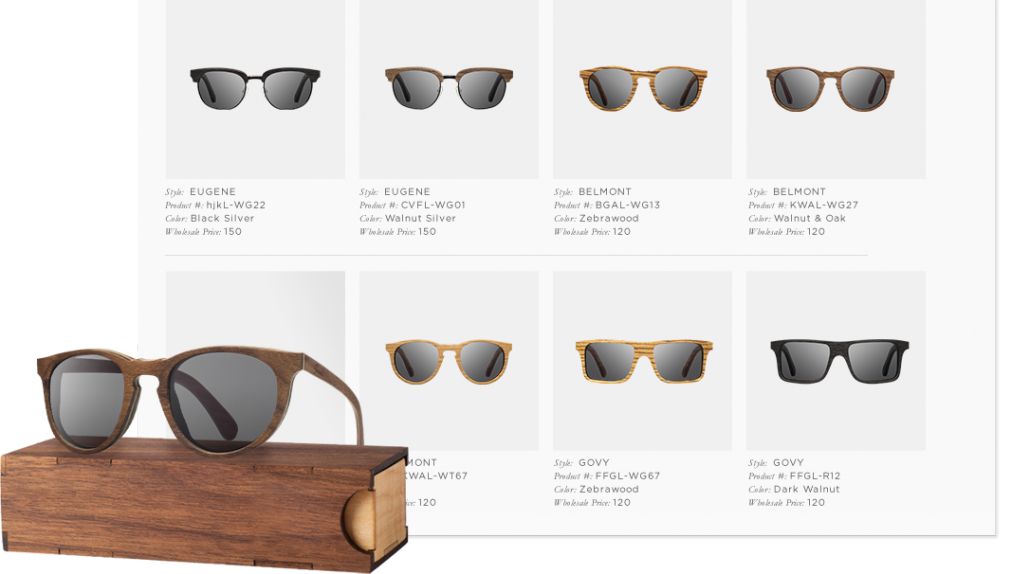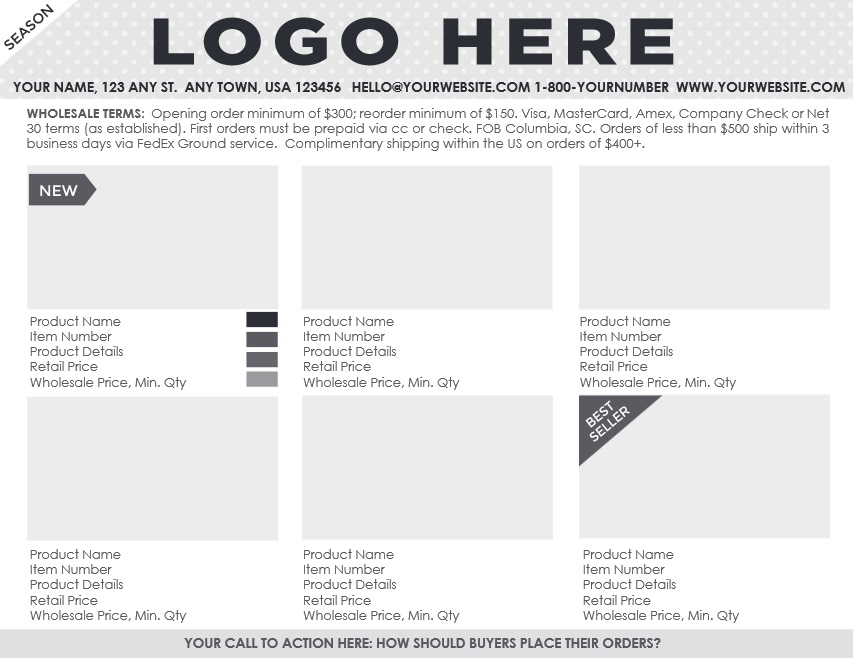One of the many facets of successfully running a fashion business is implementing a foolproof system to manage inventory, digital assets, and product costs. This is solved with the implementation of a line sheet template, which responds to the needs of fashion businesses that have multiple retail channels, from brick-and-mortar stores to e-commerce platforms.
Line sheets for ordering
Due to the highly competitive environment of the fashion business, whose tight margins make cost, delivery, and price critical, precise organizational systems and processes are required, especially when dealing with wholesale orders.
Ordering or pre-ordering products should rely on an accurate and easy-to-use online inventory management system. This is a prerequisite to your entire product structure from price to margin and stock.
Whether you run a small fashion boutique or a large retailer, the underlying principle of implementing a line sheet is the same: a sound inventory template.
The taxonomy of a line sheet
A line sheet includes the nomenclature of a product, its identification name and product number, its size and range, swatch, component, fabric, material, color, identification number and/or Pantone number, price, tracking ID, minimum order amounts, order cut-off dates, contract, purchasing options, suggested retail price, and delivery information, as well as the company’s details and logo. This information is accompanied by a picture or computerized drawing. To put it simply, a line sheet is a product taxonomy.
This data is the backbone of any retail, wholesale, production, or manufacturing business. Products are dissected in a scientific manner in order to be easily classified, inventoried, sold, and re-ordered.
Retail line sheets
Line sheets are crucial to retail businesses, such fashion companies. Creating a product has a sales purpose; therefore, every item has to be quickly and precisely identified in a taxonomic way. Without this basic structure, a retail company such as a fashion house would be unable to produce products in an orderly manner.
While presenting a product for sale to a retailer, the process must be effortless and flawless. The buyer has to immediately see two factors—the first is a visual of the product and the second is its qualities: a product description, its cost, and order conditions.
Simplicity is one of the main factors for an effective retail line sheet. This enables retailers to immediately answer any questions about a product, its stock, and its attributes.
A line sheet is a critical tool when approaching retailers. It provides all the seasonal data a buyer needs to purchase from a fashion retailer, including key elements like price and order minimums.
Fashion businesses should always have line sheets ready for buyers. They should be visually appealing, easy to read, and detailed, yet precise. At a time when image is the most important factor in capturing sales, a line sheet should include high quality images that are free of lifestyle details that get in the way of products.
Closing the sale
Finally, a line sheet is about closing the sale. It should include payment terms, minimum orders, deliveries, and lead times. Your line sheet will win the heart of your buyer, and it will also win your fashion business sales, quality, and repeat orders.



